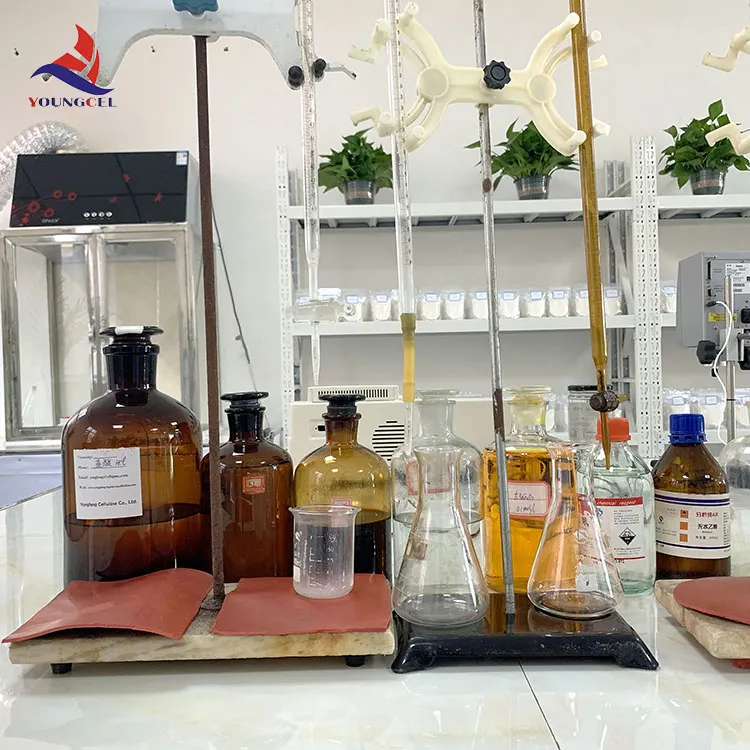Construction Adhesives A Comprehensive Overview
Construction adhesives play a pivotal role in the modern building industry, offering a robust solution for bonding various materials in both residential and commercial projects. With advancements in technology and an increased emphasis on efficiency, these adhesives have transformed the way construction is approached, enhancing durability and improving the overall quality of buildings.
Types of Construction Adhesives
There is a wide range of construction adhesives available on the market, each tailored to specific applications. Some of the most common types include
1. Polyurethane Adhesives Known for their superior strength and flexibility, polyurethane adhesives can bond a variety of materials, including wood, metal, concrete, and plastic. They are particularly effective in environments exposed to moisture, making them ideal for outdoor applications.
2. Acrylic Adhesives These adhesives are versatile and provide excellent bonding strength while remaining transparent. They can be used on numerous surfaces, including glass and plastics, and are often employed in applications requiring a quick set time.
3. Epoxy Adhesives Comprising a resin and hardener, epoxy adhesives are renowned for their exceptional strength and durability. They are ideal for heavy-duty applications, such as bonding metal fixtures or repairing structural components.
4. Contact Adhesives These adhesives require application on both surfaces before they are brought together. They provide instant bonding and are commonly used in laminate flooring and furniture assembly.
5. Silicone Adhesives Known for their flexibility and resistance to weather, silicone adhesives are commonly used in sealing applications, such as window and door installations.
Benefits of Using Construction Adhesives
The adoption of construction adhesives offers numerous benefits that significantly enhance building processes
construction adhesive

- Increased Strength When properly applied, adhesives can create bonds that are as strong, if not stronger, than traditional fastening methods. This is especially important in high-stress environments.
- Flexibility in Application Adhesives can bond dissimilar materials, allowing for greater creativity and flexibility in design and construction.
- Reduced Labor Costs The use of construction adhesives can streamline processes, minimize the need for mechanical fasteners, and decrease overall labor costs by simplifying assembly and installation procedures
.- Improved Aesthetics Adhesives create a cleaner finish, eliminating the need for visible screws and nails, which can enhance the overall appearance of the finished project.
- Environmental Considerations Many modern construction adhesives are designed to be low in volatile organic compounds (VOCs), contributing to healthier indoor air quality and reducing environmental impacts. This compliance with green building standards is paramount in today’s eco-conscious construction market.
Application of Construction Adhesives
Proper application is critical to the success of construction adhesives. Factors such as surface preparation, ambient temperature, and humidity levels can influence the performance and longevity of the bond. For instance, surfaces should be clean, dry, and free of contaminants to ensure optimal adhesion. Additionally, many adhesives require a specific curing time, during which it is essential to avoid any stress on the bond.
Future Trends in Construction Adhesives
The future of construction adhesives is promising, with ongoing research and innovation paving the way for advanced bonding solutions. Nanotechnology and bio-based adhesives are expected to make significant headway, focusing on enhancing performance while minimizing environmental impact. Furthermore, the integration of smart adhesives, capable of self-healing or providing additional functionalities, is an exciting possibility on the horizon.
Conclusion
In conclusion, construction adhesives are an indispensable component of contemporary construction practices. With their variety of types, benefits, and applications, they offer solutions that meet the rigorous demands of modern building projects. As the industry continues to evolve, the role of adhesives will undoubtedly grow, making them an essential topic for builders, architects, and designers alike. Embracing these advancements can lead to safer, stronger, and more aesthetically pleasing structures that stand the test of time.
-
Rdp Powder: Key Considerations for Wholesalers in the Building Materials IndustryNewsJul.08,2025
-
Key Considerations for Wholesalers: Navigating the World of Hpmc - Based ProductsNewsJul.08,2025
-
Hpmc Detergent: Key Considerations for WholesalersNewsJul.08,2025
-
Key Considerations for Wholesalers: China Hpmc For Tile Adhesive, Coating Additives, Concrete Additives, and MoreNewsJul.08,2025
-
Crucial Considerations for Wholesalers: Navigating the World of Construction MaterialsNewsJul.08,2025
-
Key Considerations for Wholesalers Sourcing Additive For Cement, Additive For Concrete, Additive For Putty from Additive Manufacturer Shijiazhuang Gaocheng District Yongfeng Cellulose Co., Ltd.NewsJul.08,2025




